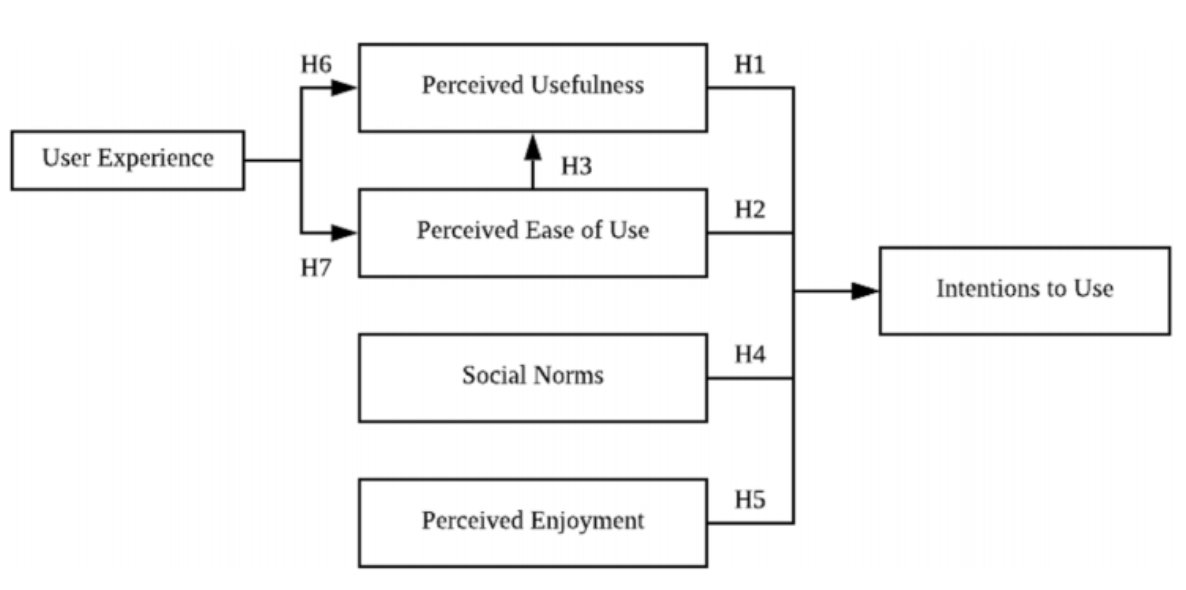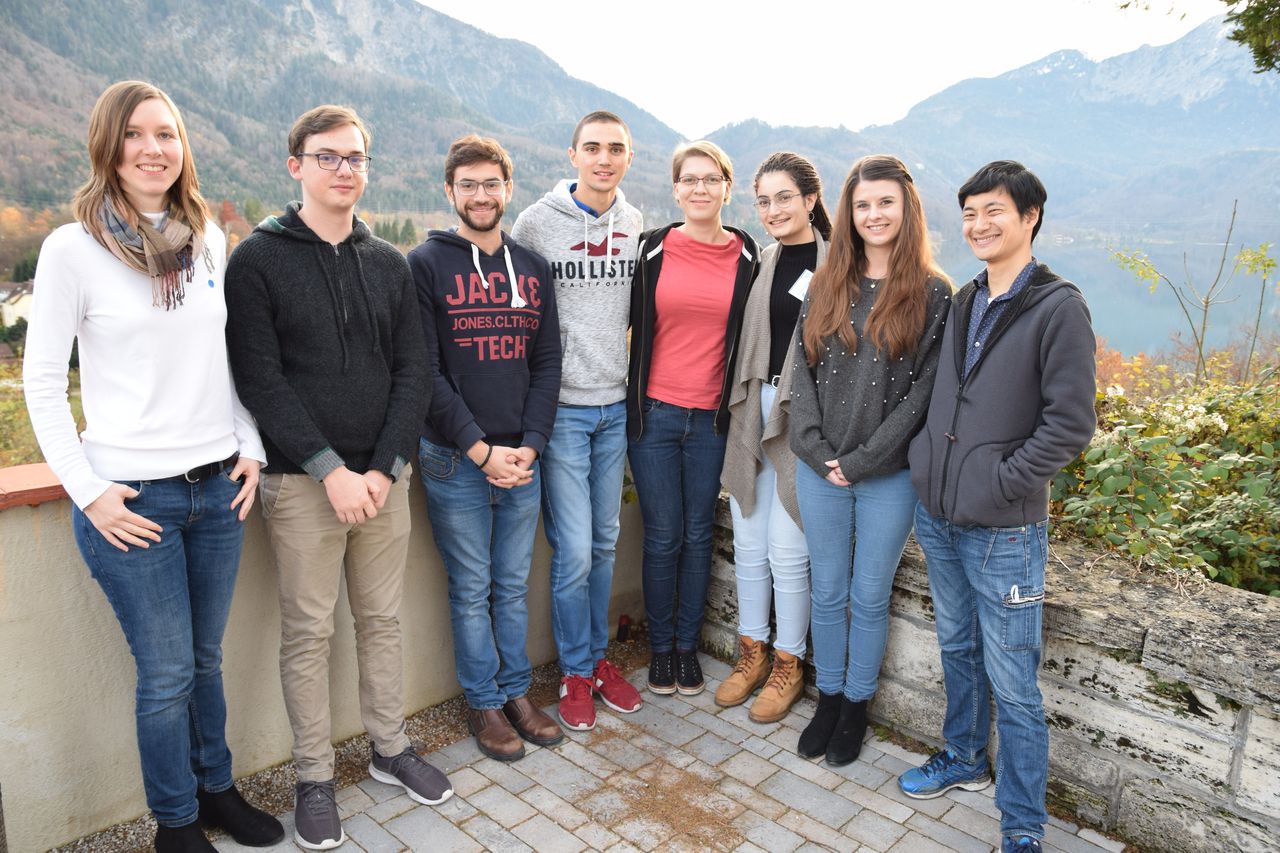OUR IDEA
Virtual Reality technology had seen a rise in demand and had numerous applications for older adults both in clinical and non-clinical settings. The acceptance of older adults towards using virtual reality, however, remained largely unexplored.
We believed that positive exposure to new technologies would lead to heightened interest in them and increased acceptance. Our aim was to use modern technology and the appeal of the arts to make senior citizens more open to using technology and feel more included and aware of recent developments. We also wanted to create a positive and enjoyable event for the elderly during those trying times. Therefore, we decided to create a Virtual Reality Tour around Munich, which we would show to senior citizens to give them a fascinating new experience and broaden their horizons within the field of technology.
OUR RESEARCH
To conduct research in the field of technology acceptance among the elderly, we first needed to find a sufficient tool to measure our outcome. After some initial uncertainty about the research method, we found the Unified Theory of Acceptance and Use of Technology by Venkatesh et al. 2012 (UTAUT2) (see figure below). This model served as an appropriate theoretical framework for our project.
UTAUT2 stated that there were certain interrelations between variables such as user experience or perceived ease of use (see figure below). After evaluating the data generated in our study, we were able to provide knowledge about the correlation between the given factors and thereby offer research results about which factors affected technology acceptance in older adults the most.

THE PROJECT
Our Virtual Reality Tour around Munich consisted of 360°-pictures of famous places in Munich, such as Marienplatz, Olympiapark, and Hofgarten. Seeing a 360°-image created a feeling of actually being in the place you saw – that way, especially older adults who weren't as agile as they once were could go on a little adventure without leaving the safety of their own home. Moreover, people could also listen to some interesting facts about the places they saw while doing our tour.
If you wanted to gain a small glimpse into our VR-tour, please watch the video below. It couldn't compete with the experience of a real 360°-picture, but it should give you a feeling of how our tour looked. If you were interested in seeing our complete tour or had someone in mind who might be, please contact us at any time!
THE TEAM
We were a research team from diverse scientific and ethnical backgrounds who were eager to explore the elderly’s attitude towards technology. We wanted to change their perceptions about technological issues and create enthusiasm in accordance with that year’s call “Technology & Arts”.
We were:
-
Julia Angerer (Industrial Biotechnology / M. Sc.)
-
Magdalena Bader (Brewing and Beverage Technology / M. Sc.)
-
Milan Cupac (Engineering Science / B. Sc.)
-
Aikaterini Mavroudi (Mechanical Engineering / B. Sc.)
-
Jan Luca Scheerer (Informatics / B. Sc.)
-
Mohamed Shoeir (Health Sciences / B. Sc.)

TUTORS
-
Sabrina Schwarzmeier (Teaching at Secondary Schools, Mathematics/Physiks / M. Ed.)
-
Yuki Nojiri (Physics / PhD)
SUPERVISORS
-
Prof. Dr. Daniel Pittich – TUM, Assistant Professorship of Technical Education
-
Silke Schmidt – Head of XR Hub Munich
-
Prof. Dr. Michaela Krützen (consultant) – HFF, Dept. I – Media Studies
Granny Vision GmbH
Granny Vision GmbH was a company specialized in providing VR solutions for senior citizens. Besides Virtual Yoga and classes about digital media, they also offered virtual museum tours, virtual strolls through the forest, and attended virtual opera performances. On top of that, they also created individual VR content for customers, for example, photos of family holiday trips. For more information, one could visit their website (https://www.granny-vision.com).
We found out about Granny Vision GmbH through our Supervisor Silke Schmidt. As soon as we contacted them, Carolina Bendlin and Daniel Bendlin were just as excited about our project as we were. They helped us create our virtual reality tour and also edited the video you found above, guided by our vision. All our work could not have been done without this extraordinary help.
![[Translate to en:] Clarify Logo](/fileadmin/w00big/www/pics/clarify-logo.jpeg)